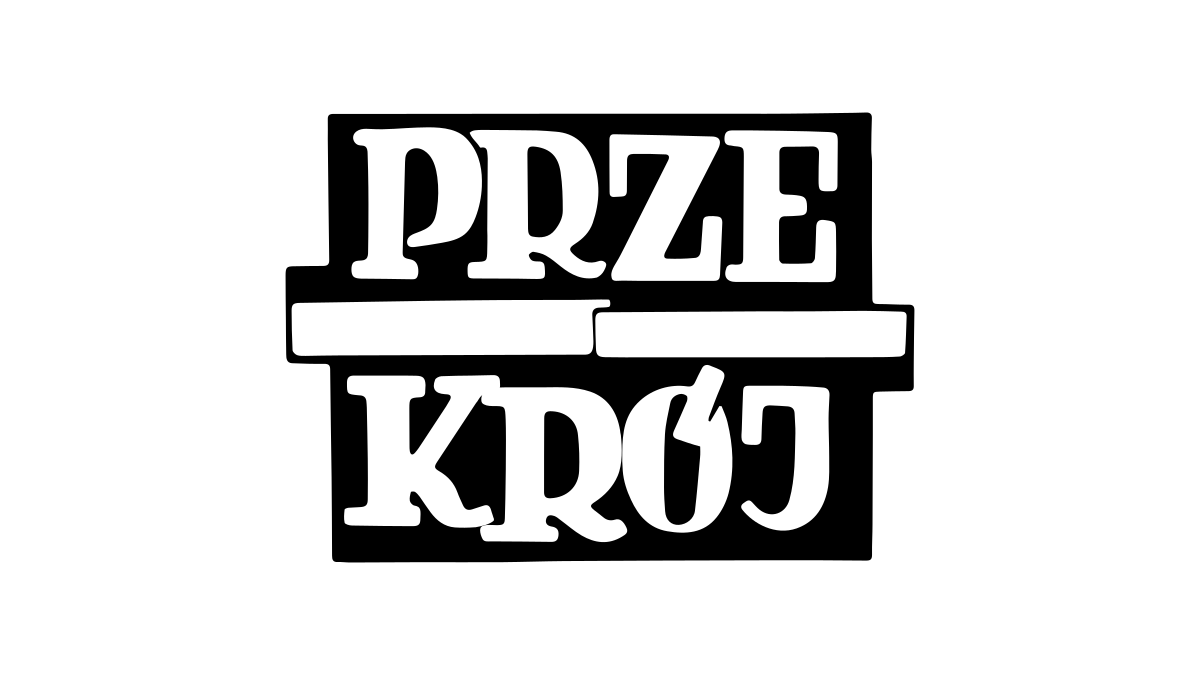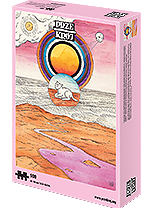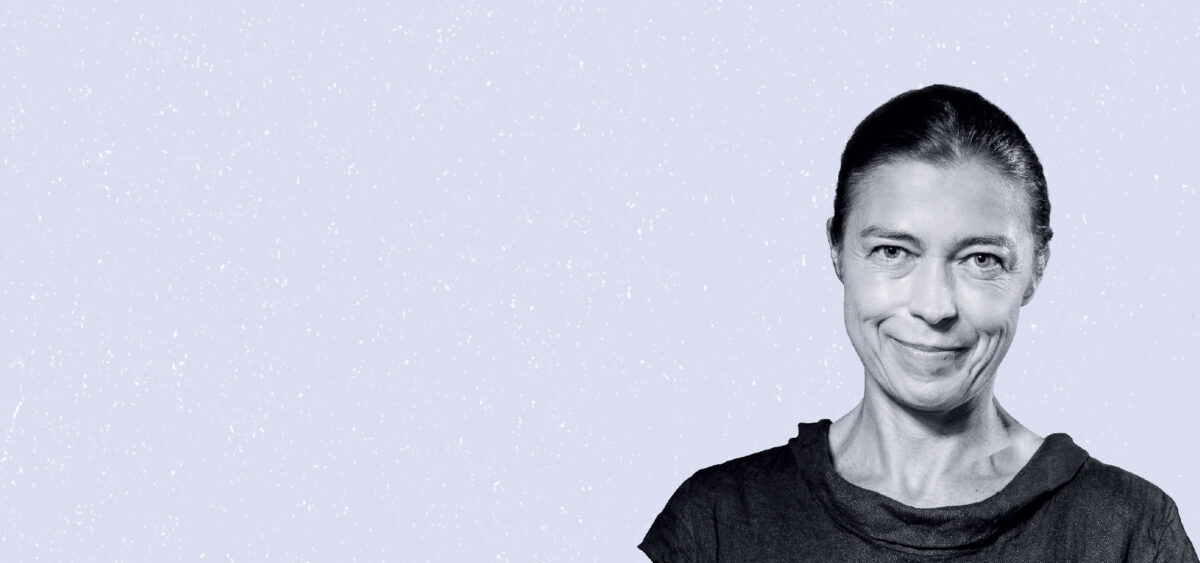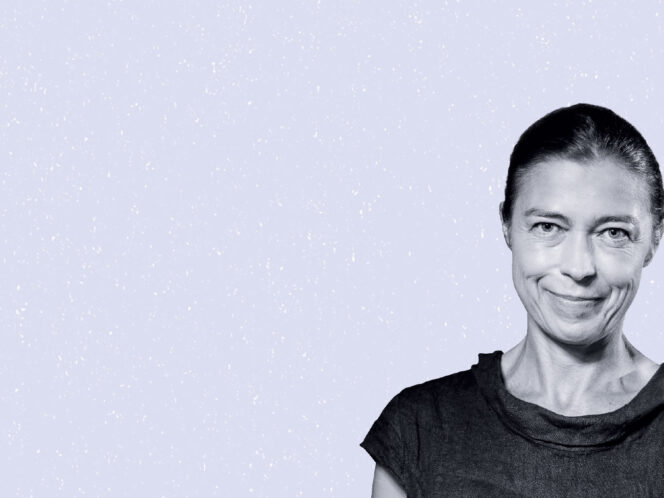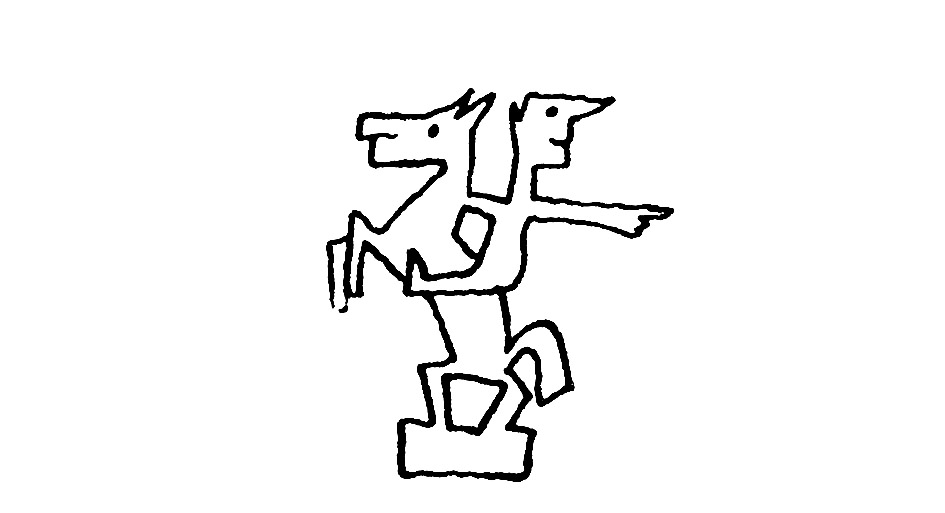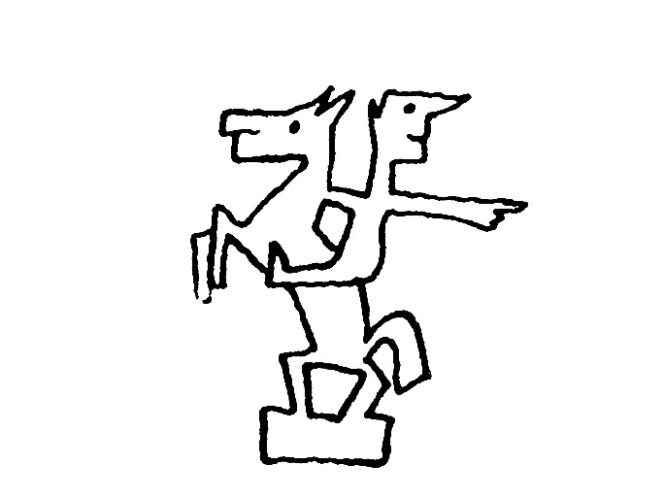
The dream school exists! And in it, the children ask: Where do stars come from? Why can’t we see the air? How come it rains? Who gave birth to God? Who decides what is just? Then they get an answer, or reach it on their own. Anna Grąbczewska gives advice on how to tap into children’s curiosity.
Aleksandra Pezda: Young children ask a great deal of questions about the world around them. Once they go to school, they stop asking. Often they are no longer curious about anything. Why is that?
Anna Grąbczewska: It’s because school carries out the curriculum instead of educating, or rather, instead of allowing children to learn independently. Children and their questions aren’t the focus of attention there – the emphasis is put instead on a portion of adult-assigned knowledge to acquire. Questions on the part of pupils are brushed off at school, because they upset the established order and interfere with carrying out the material assigned for a given day. And so the kids, stifled, adapt to the situation and stop trying. At the same time, they lose their curiosity about the world, and often also their insight as to what truly interests them, and then – as to who they are.
So children know better than adults what to do at school?
They certainly know better what interests them – and, after all, curiosity is the best motivation for learning. Thanks to neurobiology, we also know that what the brain remembers best are new and interesting things. At the Children’s University we apply this knowledge with
